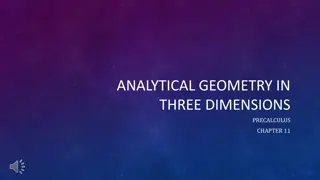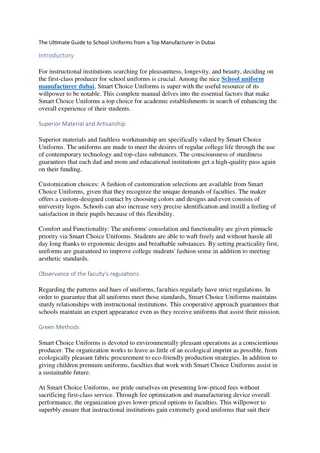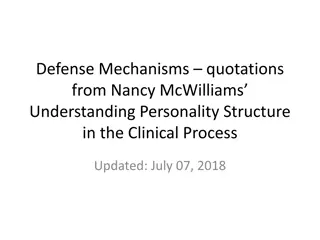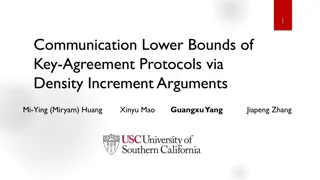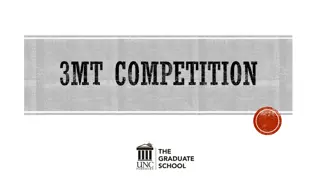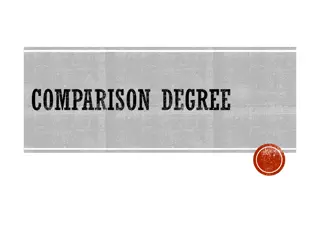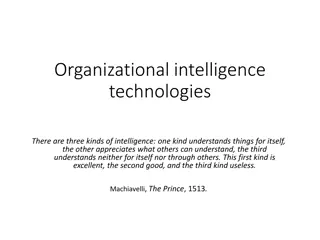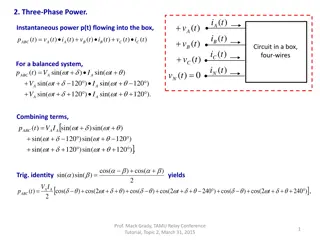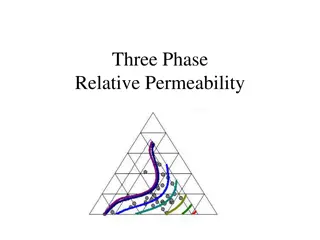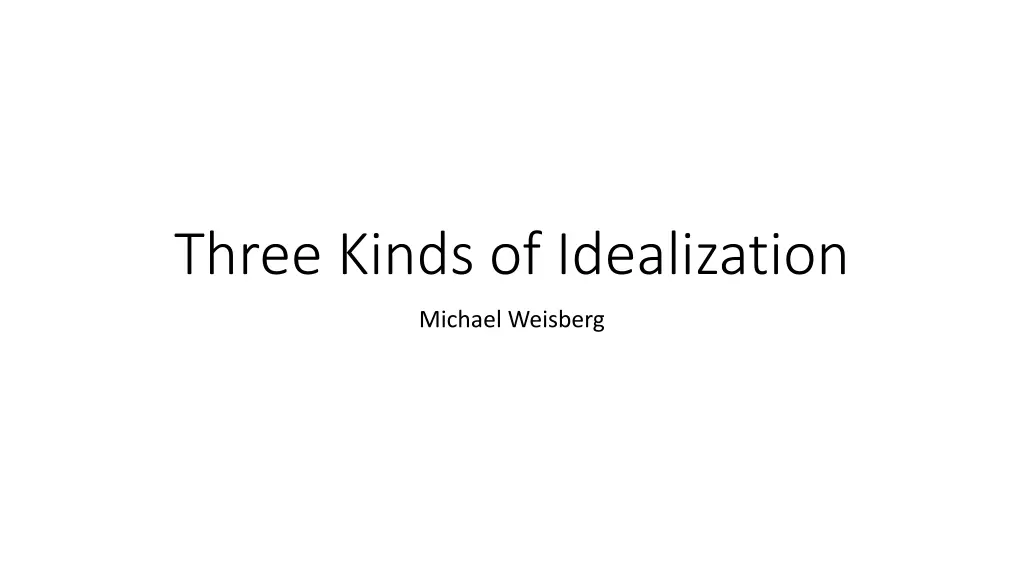
Understanding Idealization in Scientific Modeling
Explore the concept of idealization in scientific modeling through Michael Weisberg's perspectives, including classifications, main arguments, terms, and representational ideals. Learn how scientists intentionally distort models for specific goals, the compatibility of idealization with realism, and the framework of representational ideals in scientific representation.
Download Presentation

Please find below an Image/Link to download the presentation.
The content on the website is provided AS IS for your information and personal use only. It may not be sold, licensed, or shared on other websites without obtaining consent from the author. If you encounter any issues during the download, it is possible that the publisher has removed the file from their server.
You are allowed to download the files provided on this website for personal or commercial use, subject to the condition that they are used lawfully. All files are the property of their respective owners.
The content on the website is provided AS IS for your information and personal use only. It may not be sold, licensed, or shared on other websites without obtaining consent from the author.
E N D
Presentation Transcript
Three Kinds of Idealization Michael Weisberg
Gems 1. Classifying idealization by the goals of scientists helps to distinguish compatible strategies from genuine conflict in the idealization literature. 2. By leaving some questions unanswered, Weisberg successfully frames further debate about idealization. 3. The framework of representational ideals helps to clarify the connection between modeling, idealization, representation, and realism. 4. Weisberg s argument for idealizations being compatible with realism is very condensed. He could have elaborated further and addressed objections. 5. Weisberg sometimes uses the concepts of idealizing and modeling interchangeably
Main Arguments Some philosophical disagreement about idealization can be explained by appealing to distinctions in modeling goals Philosophers disagree about the nature of idealization because there are three major reasons scientists intentionally distort their models and theories (639). Each kind of idealization requires distinct justification, but attending to representational ideals provides a unified framework to understand the epistemic role of idealizations All three kinds of idealization can be made compatible with sophisticated forms of realism (659).
Terms Idealization: the intentional introduction of distortion into scientific theories/models Modeling: the indirect representation of real world phenomena with models Realism: scientists aim and sometimes succeed at representing this external, independent reality (657) idealization should be seen as an activity that involves distorting theories or models, not simply a property of the theory-world relationship (640).
Representational Ideals Goals governing the construction, analysis, and evaluation of theoretical models (648). Inclusion rules tell theorists what to include in a model Fidelity rules tell theorists how to judge the success of a model 1. Completeness 2. Simplicity 3. 1-Causal 4. Maxout 5. P-general: Are these representational ideals exhaustive? Are they justified as goals of scientific representation?
Representational Ideals Completeness: include all properties, structures, and exogeneous factors of the target system with an arbitrarily high degree of precision and accuracy Discourages long-term idealization Simplicity: include as little as possible while maintaining a qualitative match between the behavior of the target system and the properties and dynamics of the model Pedagogically useful Helps test general ideas
Representational Ideals 1-Causal: include only the core causal features of the system (only the factors that make a difference) 1-Causal models require fairly comprehensive understanding of the target system models generated with 1-Causal seem to be at the heart of theorists explanatory practices (652).
Representational Ideals Maxout: maximize precision and accuracy of the model s output (predictive power) May resemble complete models May not be helpful for explanation P-general: maximize the number of possible targets to which the model can be applied contemplation in natural science of a wider domain than the actual leads to a far better understanding of the actual (Eddington)
Models and Idealizations A given model can have one or many representational ideals Simplicity 1-causal P-general Maxout Completeness Minimalist/ MMI ? MMI MMI Galilean MMI Weisberg wants to show that each kind of idealization is at minimum compatible with the aim of realism
Galilean Idealization Idealizations meant to make a theory more computationally tractable Aim for completeness Pragmatic justification: simplify to get traction on the problem and then de-idealize as science advances Example: wavefunctions in chemistry become more accurate with increased computational power Argument for realism: in the long run, the Galilean idealizer does aim to give complete, nondistorted, perfectly accurate representations (657)
Minimalist Idealization Construct models that only include core causal factors of a phenomenon A minimalist model includes only those factors that make a difference to the occurrence and essential character of the phenomenon in question (642). Exclude irrelevant features (Strevens), explain universal patterns (Batterman), provide partial understanding of complex systems (Hartmann), reveal the most important causal powers (Cartwright) Justified with respect to cognitive role of the models. Minimalist idealizations identify a special set of explanatorily privileged factors (645). Example: ideal gas law Argument for realism: minimalist idealizers want to know the truth about what really matters (658).
Multiple Model Idealization (MMI) Build multiple related but incompatible models Scientists do not expect a single best model to be generated Justified by the existence of tradeoffs in modeling desiderata. No single model can be maximally general, simple, accurate, precise, etc. Example: global circulation models Argument for realism: while no single model may contain the complete picture of the properties and behavior of a complex system, a collection of them can (658).
Gems and Discussion Questions 1. Classifying idealization by the goals of scientists helps to distinguish compatible strategies from genuine conflict in the idealization literature. 2. By leaving some questions unanswered, Weisberg successfully frames further debate about idealization. 3. The framework of representational ideals helps to clarify the connection between modeling, idealization, representation, and realism. Are the representational ideals exhaustive/justified? Is Weisberg s argument that each form of idealization is compatible with realism convincing?





